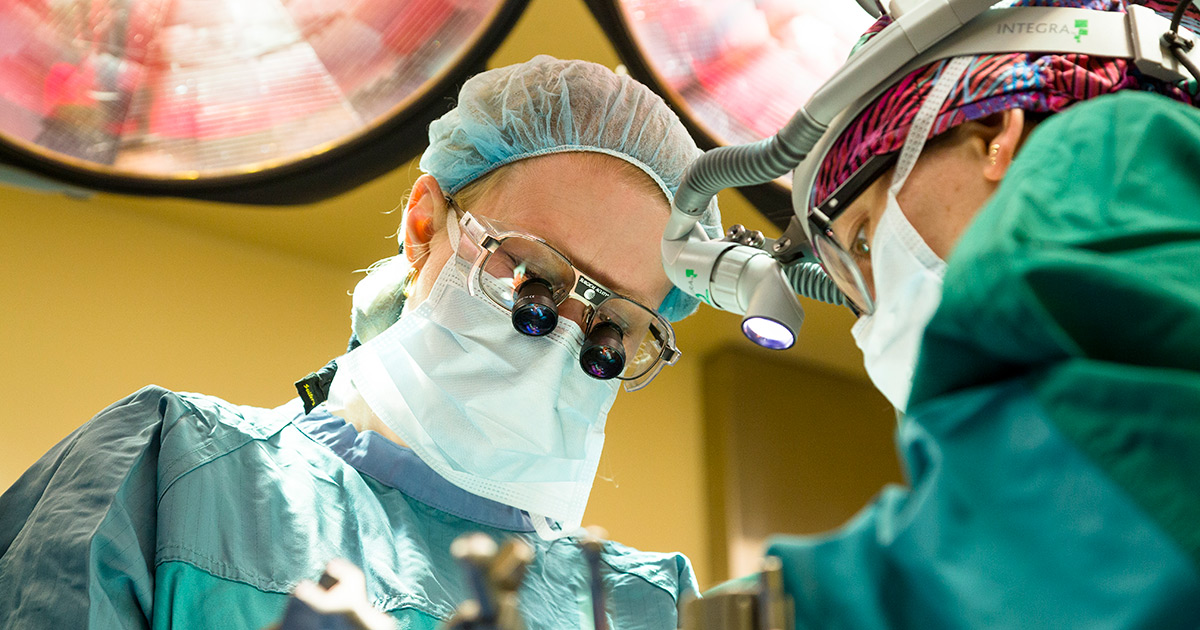How To Treat Esophageal Cancer
Esophagogastrostomy

An esophagogastrostomy is a surgical procedure in which a part of the esophagus and upper part of the stomach are removed, and the remaining parts are mechanically reattached. Nearby lymph nodes may also be removed during this procedure. An esophagogastrostomy is usually utilized to treat esophageal cancer that occurs in the lower region of the esophagus or certain cases where the esophageal cancer is excessive. During the procedure, a part of the esophagus will be removed entirely along with a sizeable superior portion of the stomach. The surgeon will then reattach the esophagus to the remainder of the stomach after pulling it upwards.
Sometimes, a portion of the colon is used to assist with rejoining the stomach and esophagus. There are numerous methods used to reattach or re-embed the esophagus into the stomach, like stitching and stapling. An esophagogastrostomy is used as a last resort treatment because it is the most invasive and carries the highest number of complications out of all the surgical methods used to treat esophageal cancer. Chemotherapy and radiation may also be used before or following an esophagogastrostomy to ensure the eradication of all cancerous tissues.
Feeding Tube For Nutrition

A feeding tube for nutrition may be required as part of the process to treat esophageal cancer. Often times, the surgical methods used to treat cancer of the esophagus can cause food consumption to be too much of a risk for a post-procedural infection. In addition, these types of surgeries can make it difficult or very painful for a patient to swallow food and fluids normally. A feeding tube is often temporarily embedded in a patient's small intestine to deliver nutrition to the body while they are healing.
In other cases, the placement of a feeding tube for nutrition may be required for a more long-term duration. This nutrition support may be a nasogastric feeding tube or a feeding tube fed into the body through the nasal passageway, and then down into the stomach. Some patients are unable to tolerate this type of feeding tube, and the stomach may be inaccessible through the tumor affected esophagus. In such cases, a tube is embedded from the outside of the body through the abdomen, and it is inserted directly into the stomach. Most patients who undergo the recommended treatment for esophageal cancer are able to come off of the feeding tube eventually.
